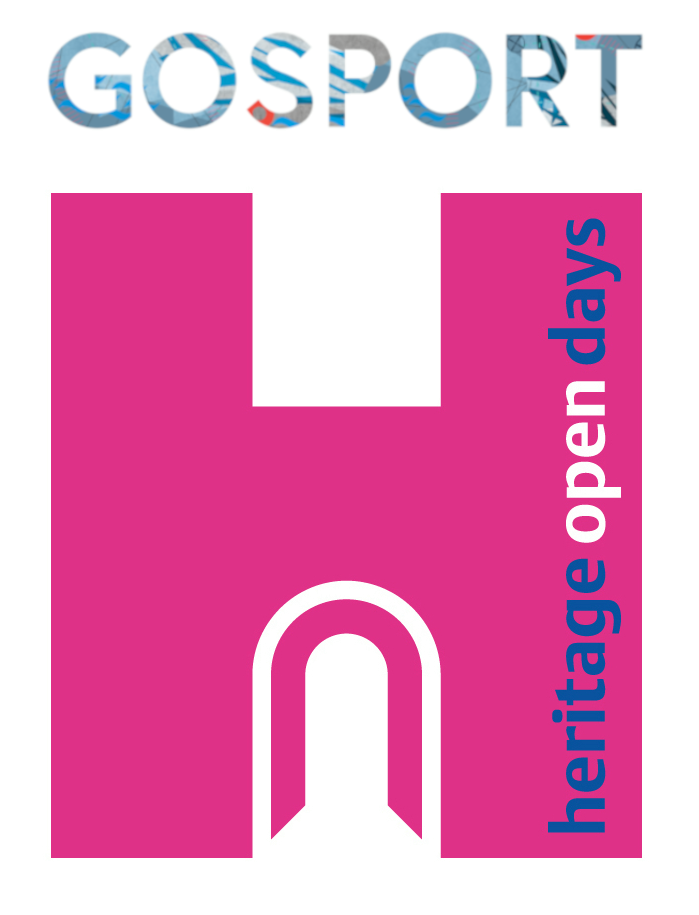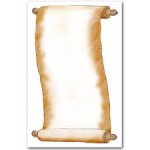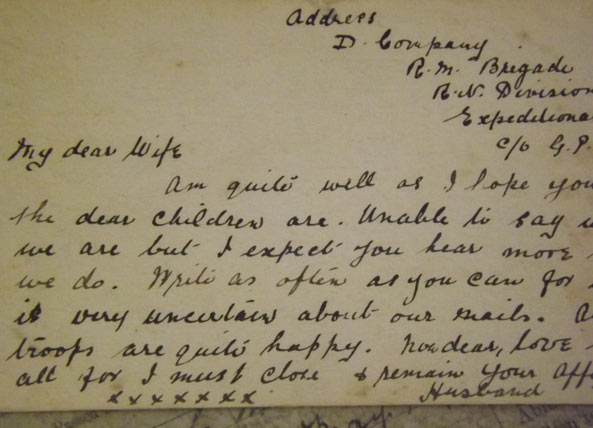Click on a numbered picture region or scroll down the page to find out more…
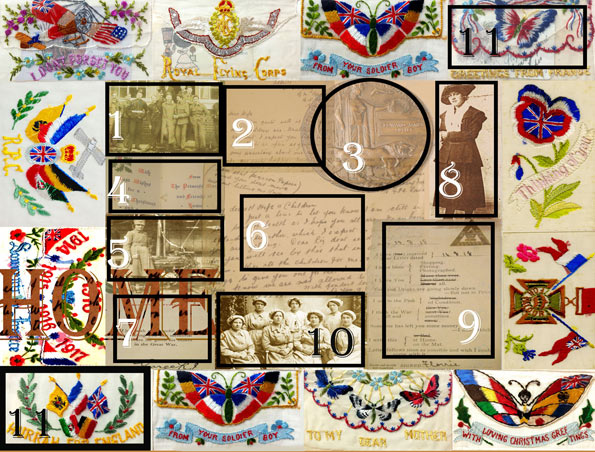
To download a transcript of the audio click the scroll
1 Fort Brockhurst. At the end of the war Fort Brockhurst was used as a discharge depot for soldiers returning from service abroad. The photograph below is taken of Lynne Thomson Chreiazomenou’s grandfather with a group relaxing at Fort Brockhurst. He is the man towards the centre with his jacket undone and arm around the man next to him. He fought in the trenches in WW1, developed pneumonia resulting in serious lung damage and finished his service back at Fort Brockhurst.
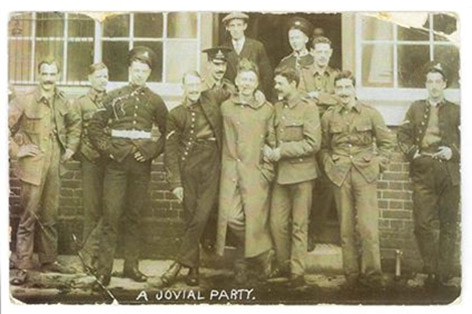
» Back to Top
2. During the Great War communication between families were so important for morale and getting information to each other. During the war and estimated 2 billion letters and 114 million parcels were sent.
» Back to Top
3. Memorial plaquette: 1,355,000 of these plaques were issued to the next of kin of Empire and British service personnel who died in World War One. Due to its sad associations it was known as the Dead Mans’ Penny. Created out of bronze, it was 12 cm (5 “) in diameter.
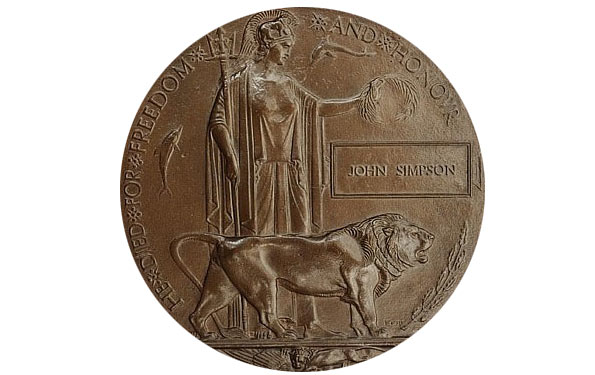
» Back to Top
4. Christmas Card from Princess Mary: The 17 year old daughter of King George V decided set up a fund so that every person serving away could receive a gift from ‘home’ paid for by donations from the public. During Christmas 1914 gift boxes went sent to those serving. As well as Christmas cards, the boxes also contained gifts such as tobacco, cigarettes or chocolate.
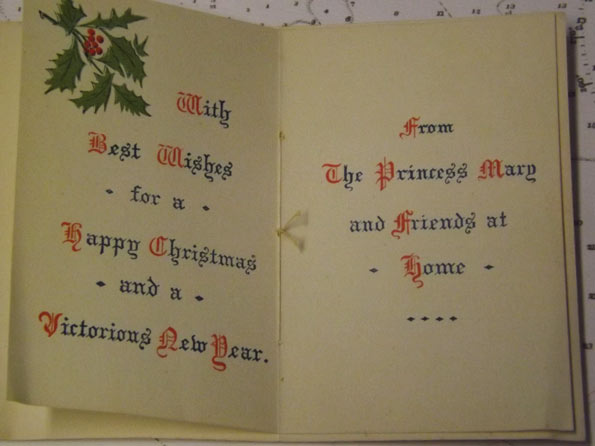
» Back to Top
5. Alice Rebecca Penfold was a Dispatch Rider who worked at Grange Airfield. Her job was to deliver important military documents to and from the base. One of the most important deliveries was the official paperwork, which informed the airfield of the official end to the war. She was reported as being a bit of a rebel in a local newspaper when she was caught exceeding the speed limit of 20mph! But she could be quite forgiven, with respect to the importance of the documents she carried.

» Back to Top
6. This letter is just one of the personal correspondences between a husband and wife held within the Search collection. It reads: “My Darling Wife and Children, Just a line to let you know I am still quite well, as I hope this will find you all. I am unable to say much more except God bless you and watch over you, I remain your loving husband and father Tom xxx Look out for news in papers.
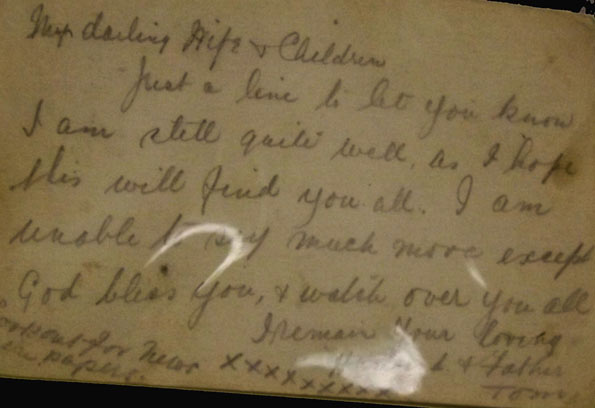
» Back to Top
7. Memorial scroll signed by King George V which came with the Memorial Plaquette to the deceased serviceman’s family.
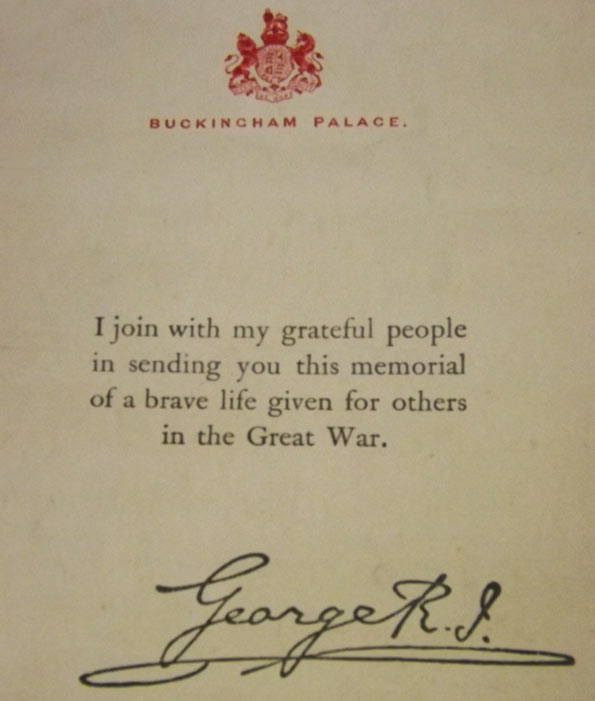
» Back to Top
8. Kitty McCarthy 1917. Whilst working with Woodcot Lodge Residential Home, we looked at the different fashions for ladies of the 1914-1918 era. With the new roles women took on, it was important to wear more practical clothes and it was often frowned upon if fashion was thought to be too frivolous. Many women were now wearing uniforms as they had replaced many of the men who had gone to war. Across Gosport women took on jobs that had traditionally been done by men, such as – engineering, postal workers, bus conductors and ammunition workers.
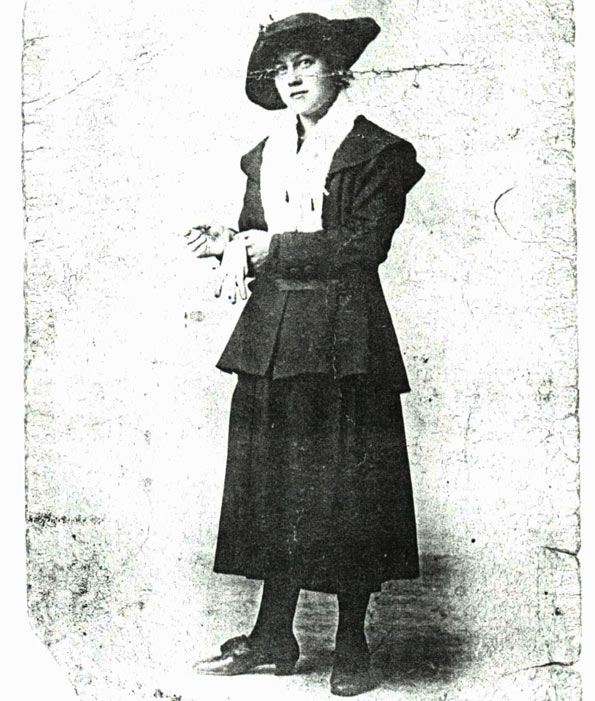
» Back to Top
9. Field Postcards: These postcards showed pre-typed phases so that soldiers would cross out what was not applicable. These postcards were a form of censorship and the soldiers were not allowed to add any other information to the cards. It was important that they did not divulge information of their whereabouts when fighting on the frontline.
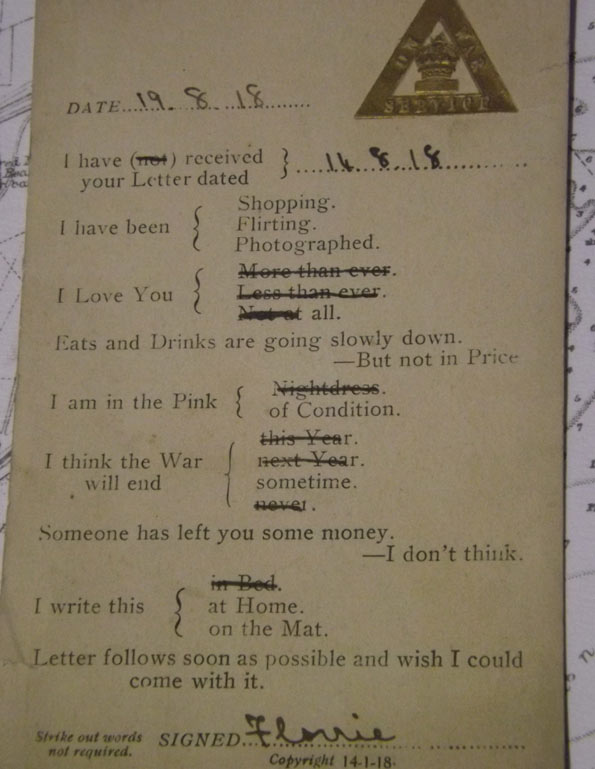
» Back to Top
10. Around 12,000 women worked in Royal Clarence Yard and Priddy’s Hard on a shift basis 24/7. The Royal Clarence Victualling Yard provided food for the Navy and the Royal Naval Armament Depot (RNAD) supplied ammunition. This photo shows Priddy’s Hard Ammunition Workers in their white overalls and hats. The also wore clogs to reduce the risk of a spark that might trigger an explosion. After a few weeks of working with chemicals, the colour of their skin turned yellow and they were affectionately nicknamed “canaries” or canary girl.
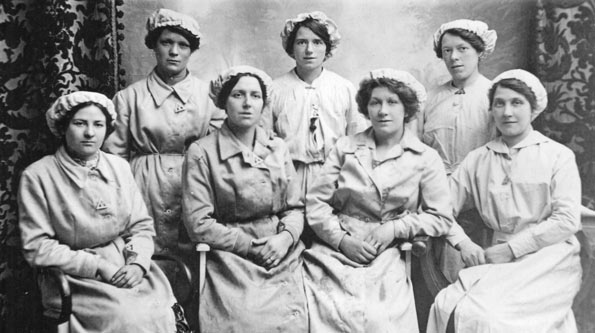
» Back to Top
11. Embroidered Postcards: These postcards were generally known as ‘WWI Silks’. Hand embroidered onto strips of silk mesh, they were mostly created by French and Belgian women refugees who sent the finished strips to the factories for mounting onto the postcards. Due to their wide popularity with British and American servicemen in France they were often very patriotic often using British, American and French Flags and symbols.
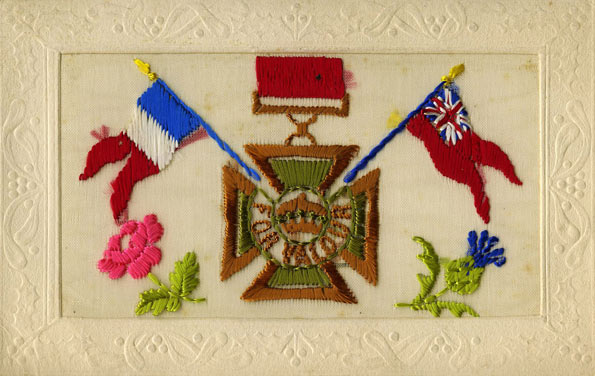
» Back to Top
